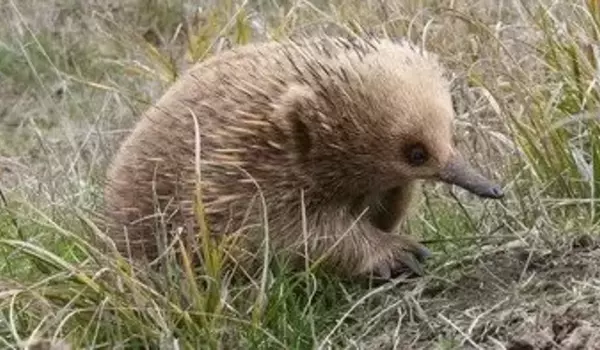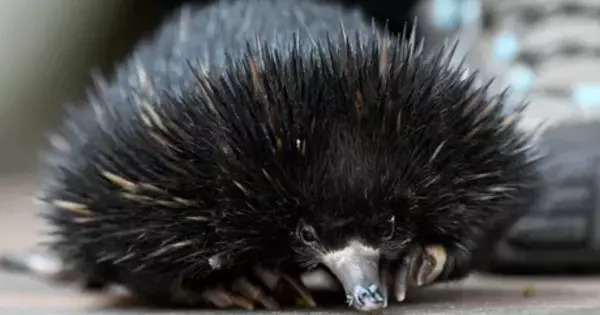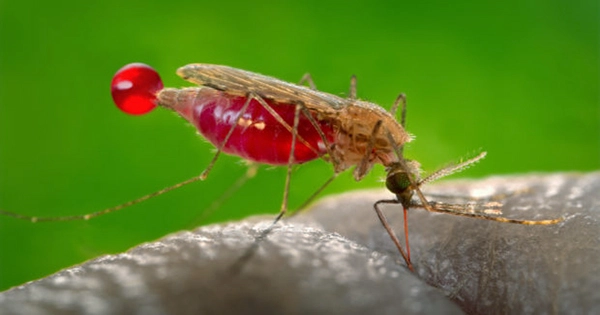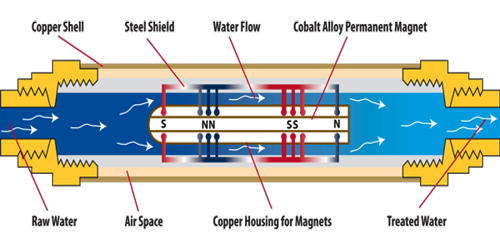Echidnas, also known as spiny anteaters, are known to use a variety of tactics to keep cool in hot weather. One such tactic is blowing bubbles in the water. This allows them to cool off by submerging their bodies in the water-filled bubbles. Additionally, echidnas have a number of adaptations that help them stay cool, such as the ability to burrow underground to escape the heat and the presence of sweat glands on their skin that allow them to release heat through sweating.
Research into how echidnas might respond to a warming climate has discovered clever techniques used by the animal to cope with the heat, such as blowing bubbles to wet its nose tip, with the moisture then evaporating and cooling its blood.
Curtin University research into how echidnas might respond to a warming climate discovered clever techniques used by the animal to cope with heat, such as blowing bubbles to wet its nose tip, with the moisture then evaporating and cooling its blood.
Dr. Christine Cooper of Curtin’s School of Molecular and Life Sciences, the study’s lead author, said the thermal vision of wild, short-beaked echidnas in bushland about 170 kilometers southwest of Perth was recorded and studied to show how the animals exchanged heat with their environment.
Our findings show how technological advances that enable non-contact studies of animal physiology, such as the thermal vision used in this study, can help us gain a better understanding of animals’ physiological capacity in their natural environment.
Dr. Christine Cooper
“We observed a number of fascinating methods used by echidnas to manage heat, allowing the animal to be active at much higher temperatures than previously thought,” said Dr. Cooper.
“Echidnas blow bubbles from their noses, which burst and wet the nose tip. As the moisture evaporates, their blood cools, implying that their nose tip functions as an evaporative window. We also discovered that their spines provide flexible insulation to retain body heat, and that they can lose heat from spineless areas on their underside and legs, implying that these areas function as thermal windows that allow heat exchange.”

“Echidnas can’t pant, sweat or lick to lose heat, so they could be impacted by increasing temperature and our work shows alternative ways that echidnas can lose heat, explaining how they can be active under hotter conditions than previously thought.”
Dr. Cooper stated that echidnas are one of only two species of monotremes (egg-laying mammals) in Australia, and that understanding their biology is important because it can provide clues about how early mammals may have functioned.
“Understanding echidna thermal biology is also important for predicting how they might respond to a warming climate,” said Dr Cooper.
“Our findings show how technological advances that enable non-contact studies of animal physiology, such as the thermal vision used in this study, can help us gain a better understanding of animals’ physiological capacity in their natural environment.”
















